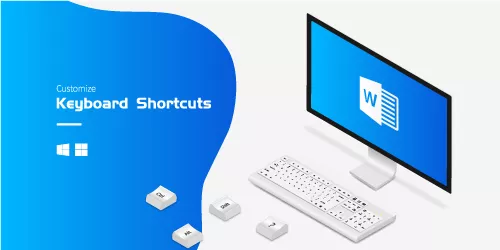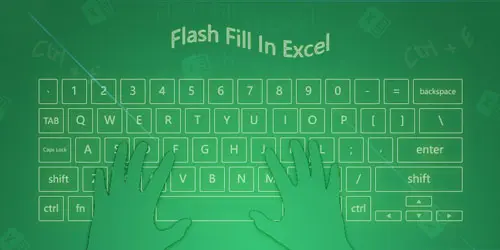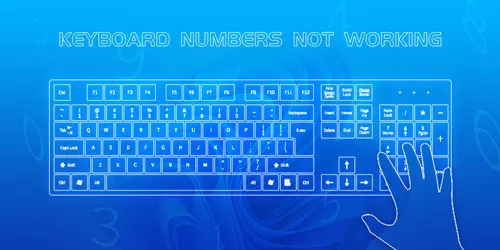How to Create Keyboard Shortcuts in Windows 10 and 11

The quickest way to launch any program or application is to set up a keyboard combination. Creating your custom keyboard shortcuts can help you save time scrolling the mouse to find your most-used icons. All you need to do is to lift your finger up and tap the keyboard.
Today, I'll share with you how to create custom shortcuts for any program in windows.
You can also access your favorite websites by creating desktop shortcuts. For more information, please read the article: How to Create a Desktop Shortcut to a Website Using Chrome.
1. Via command prompt
Step 1: Type cmd into the search box.
Step 2: Enter explorer shell:AppsFolder at the command prompt and press Enter.
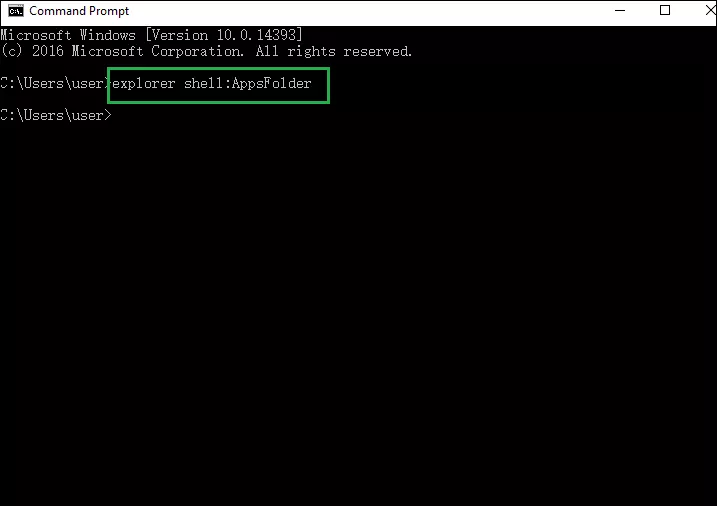
Step 3: A window with a list of all your apps appears. Right click the app you want to create a shortcut on the desktop and select shortcut.
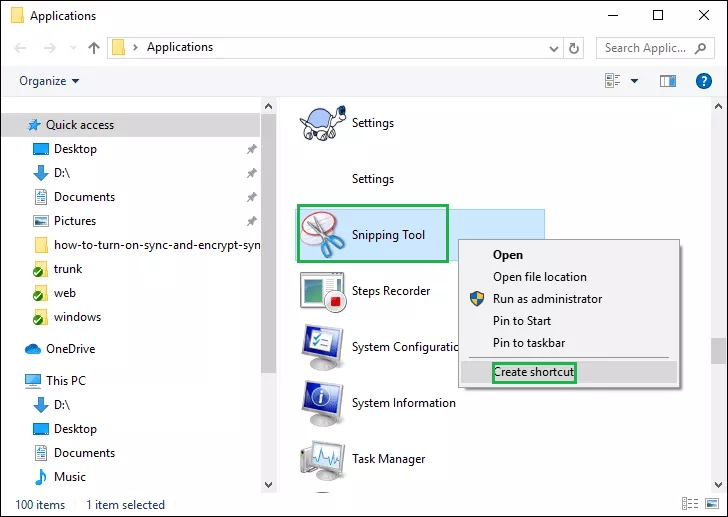
Step 4: Click Yes in the pop-up confirm message box.

Step 5: Then a new shortcut icon appears on your desktop. Right click the icon and select Properties.
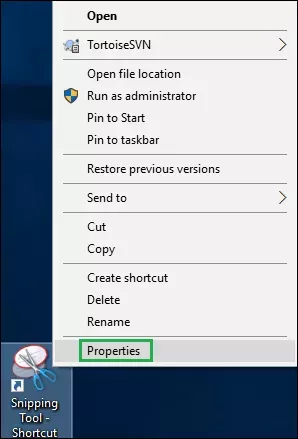
Step 6: Enter a key combination in the Shortcut key section. The combination must be Ctrl + Alt + a certain letter/number or Ctrl +Shift + a certain letter/number. Then click OK.
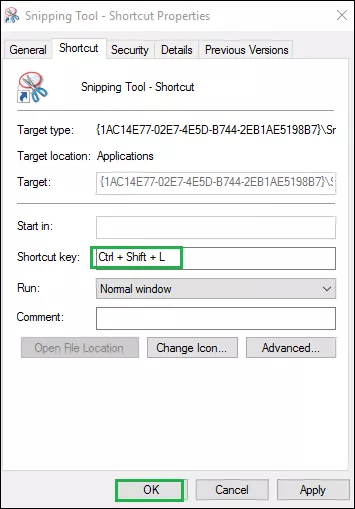
2. Use the start menu
Step 1: Open the start menu.
Step 2: Right click the app you want and hover your cursor over More, then click Open file location.
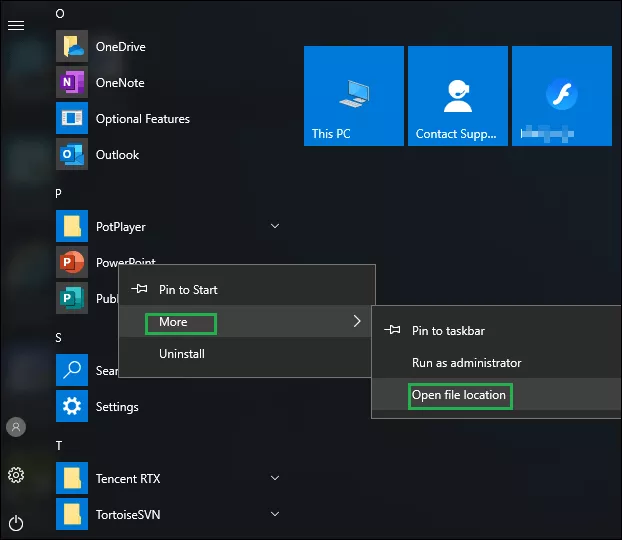
Step 3: A window opens with a shortcut icon. Right click the app and select Properties.
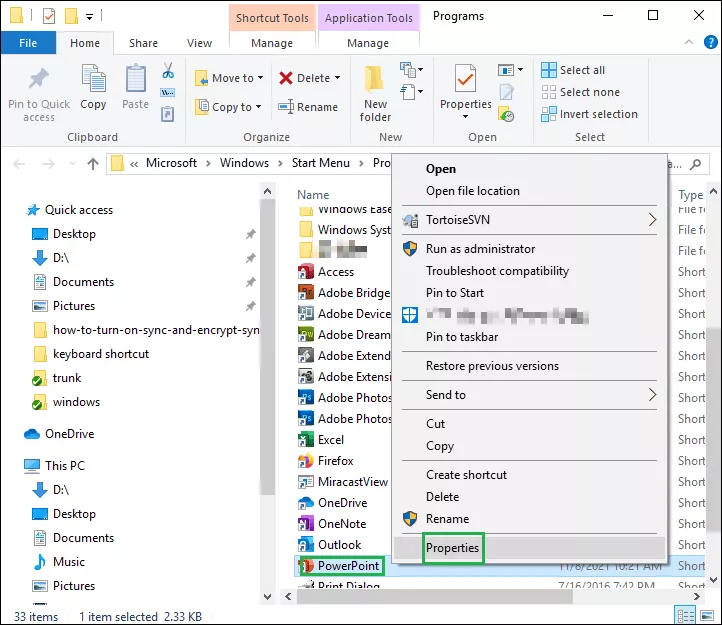
Step 4: Enter a key combination in the Shortcut key box. Then click OK.
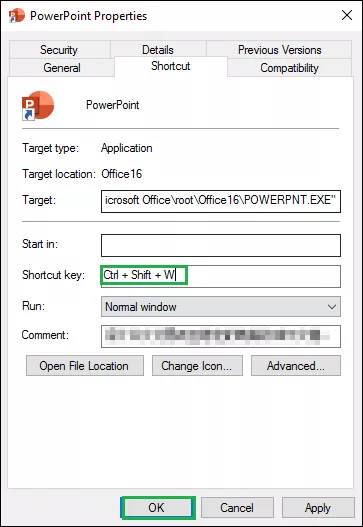
Note: When setting the key combination, avoid those existing shortcut keys, otherwise you will find that the key combination you set does not work. For example, in Google Chrome, pressing Ctrl + Shift +I has only one meaning, which is to open the source code of the page.



